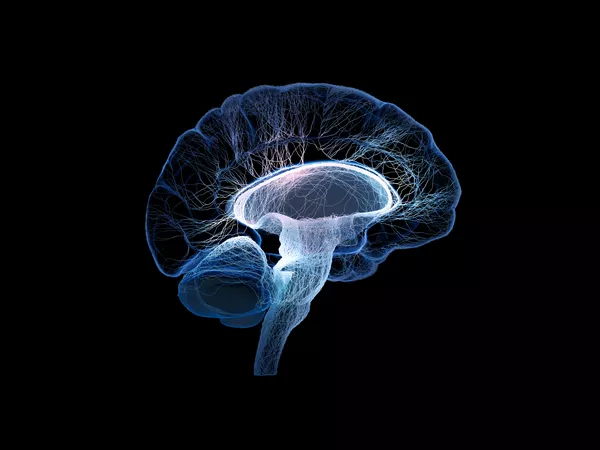ORIGINAL RESEARCH
Published on 15 Sep 2022
Regional brain atrophy in patients with chronic ankle instability: A voxel-based morphometry study

doi 10.3389/fnins.2022.984841
- 2,096 views
- 8 citations
2,811
Total downloads
11k
Total views and downloads
Select the journal/section where you want your idea to be submitted:
ORIGINAL RESEARCH
Published on 15 Sep 2022

ORIGINAL RESEARCH
Published on 02 May 2022

OPINION
Published on 10 Feb 2022
ORIGINAL RESEARCH
Published on 11 Nov 2021

